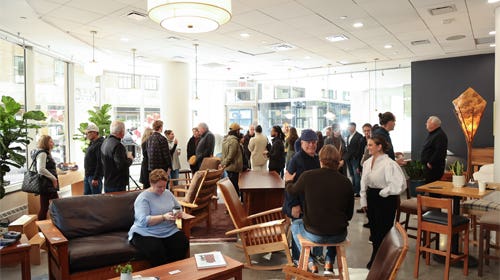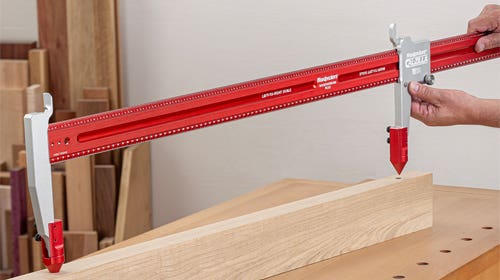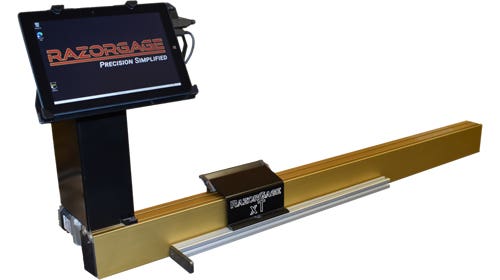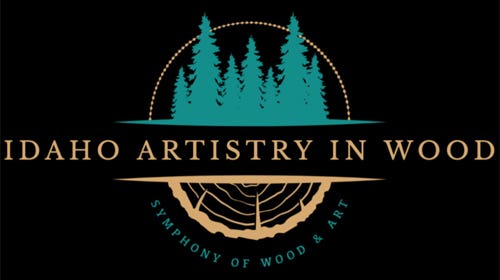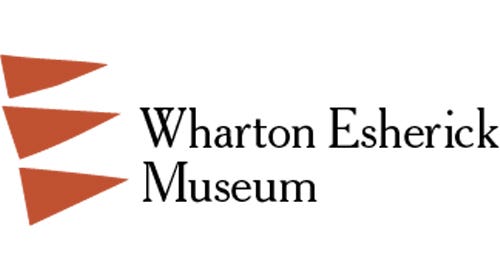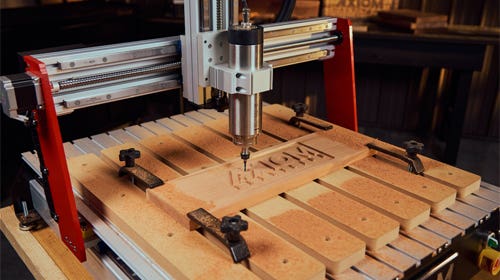Customers are calling for knots, checks and splits
Rustic-grade woods used to be deemed crude and worthless, and quickly made their way to the scrap pile.
Rustic-grade woods used to be deemed crude and worthless, and quickly made their way to the scrap pile. Today, these woods are revered more as the hidden gems of the lumberyard. No matter what the species, if it has lots of character, it’s in high demand.
Lumber suppliers interviewed confirm there is tremendous design appeal with these pieces. One is Bruce Stevens of Highland Hardwoods in Brentwood, N.H. who says customers like using rustic to add a soft weathered look in residential settings.
“The two main woods we have in rustic are white oak and hickory, and some of it goes to cabinetry but most of it goes into flooring. They call it country grade and character rustic grade. Those are all words that are made up. They’re not part of any NHLA lumber grading standards. They have more defects, that’s really what it’s all about,” says Stevens.
Raymond Hochstetler of Appalachian Woods in Stuarts Draft, Va., specializes in rustic woods.
“We do primarily reclaimed wood, which obviously has lots of rustic character to it: nail holes, saw marks, and things that show the previous use of it,” says Hochstetler.
“Our number one selling product in both flooring and in providing lumber is what we call a barn board oak. It’s self-explanatory, made of boards from old barns. We do it in red and white oak, and what our customers really love about it is the heavy rustic character like lots of old nail holes, some saw marks from where it was sawn on a circle sawmill. They like the patina, the dark coloring that comes with age and things like that. The other thing that has a lot of character that’s also unique is old American chestnut, or wormy chestnut. We have a lot of that.”
Cindy Siewert of Wood from the Hood in Minneapolis specializes in reclaimed woods from urban trees, felled by disease or storm damage, for example.
“I think there’s a huge movement for designers doing more of an earthy type feel to homes and offices,” says Siewert.
“Natural edge lumber with a rustic look has become very popular compared to the straight edge tables. I think people want to be in an environment in their workplace or their home that feels more connected to the earth.”
This article originally appeared in the February 2018 issue.


